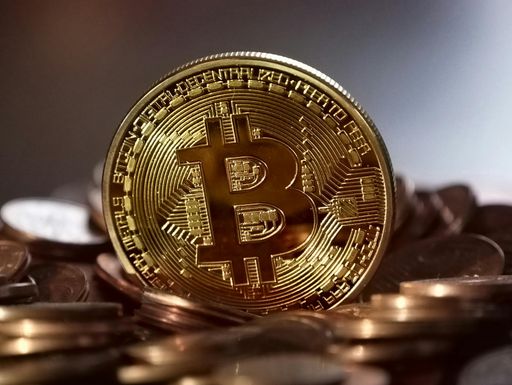The Creation of Bitcoin: Mining digital gold
Computers around the clock worldwide are working to generate new Bitcoins - a process known as "mining". In this process, individuals and groups use immense computing power to solve complex mathematical equations. The reward for these efforts is the creation of new coins. Interestingly, the maximum number of Bitcoin is limited to just under 21 million. As of June 2024, over 19.71 million Bitcoin are already in circulation. Due to the regular "halving," in which the reward for mining is reduced, the last Bitcoin will not be mined for about 116 years.
Trading and securing Bitcoin: How it works
Bitcoin trading takes place mostly through cryptocurrency exchanges or P2P marketplaces that enable direct trading between users. In many countries, there are also Bitcoin ATMs that facilitate buying and selling. Management takes place in a virtual wallet, the so-called Wallet. This stores the private and public keys necessary for accessing the blockchain. The secure storage of these keys is crucial as the loss of the password may mean the permanent loss of the balance.
The core features of Bitcoin: Security, Decentralization, and Transparency
Bitcoin is completely decentralized, meaning that no central authority, such as a bank or government, can control the network. This protects the system from manipulation and censorship and makes it more resilient to failures. The security of blockchain technology is almost unsurpassed; each transaction is transparent and publicly visible, which strengthens trust in the system.
Furthermore, Bitcoin transactions are typically cheaper than traditional payment methods, which makes them particularly attractive for international money transfers. Transactions are quickly processed and often reach the recipient within a short time. In the long term, Bitcoin, because of its limited quantity, is seen as a stable asset without inflation risk, which is why it is often referred to as "digital gold".





